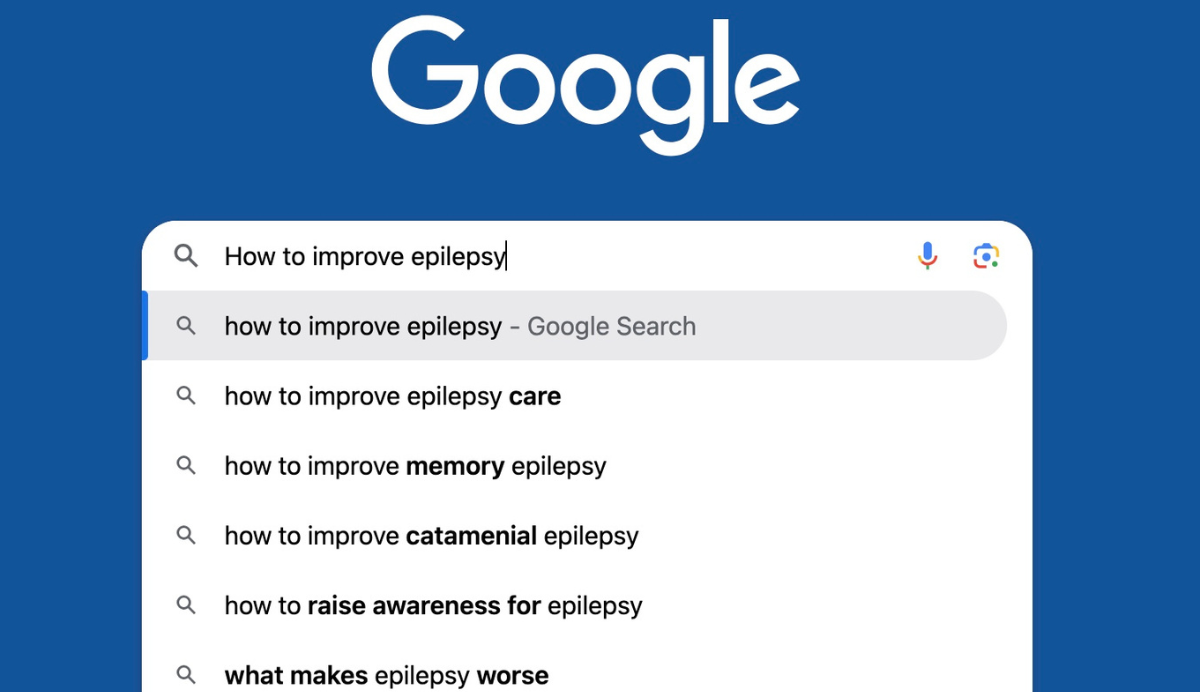I was prompted to volunteer for the Australian Epilepsy Project (AEP) as I had a close encounter with the epilepsy world 20 years ago, when I developed a condition that saw me lose consciousness numerous times, seemingly out of the blue. I still remember a doctor at the Emergency Department saying that such episodes were usually traced back to ‘your noggin or your ticker’ (the brain or the heart). Due to the nature of my symptoms, I was sent down the ‘noggin’ path and diagnosed with probable epilepsy. I was put on medication, which the doctors increased over subsequent months, as my episodes continued.
After 8 months, and no sign of improvement, I sought a second opinion, this time from a widely respected epilepsy specialist at the Austin Hospital, Prof. Graeme Jackson. After some analysis of my symptoms and background, he thought the ‘ticker’ option might actually be worth exploring. Sure enough, a cardiologist confirmed that the cause of my episodes was a low blood pressure disorder, not epilepsy after all.
This experience left me with a great deal of empathy for people facing an epilepsy diagnosis. I have always been grateful to Prof. Jackson for helping me find the right diagnosis, and when I read about his study (AEP) on Instagram, I thought this would be a small, practical way I could show my appreciation of that assistance and care.
The main benefit of volunteering for the AEP, is knowing I am contributing in a practical way to critically important and world-leading research that will hopefully improve the lives of people living with this very challenging condition.
The information provided during the testing was clear and comprehensive. I found the online tests quite fascinating – the tasks were easy to understand and interesting to perform. Although I don’t know what they revealed to the neuropsychologists assessing the results! It was interesting to experience the types of cognitive activities that flowed easily, as well those that were more difficult.
I would encourage anyone who can spare a little time, and doesn’t mind undergoing an MRI, to consider signing up to the Control Group. I do understand that an MRI isn’t for everyone, but I was not too bothered by it – I had great trust in the expertise and professionalism of the team. In fact, my biggest challenge after being told it was important to remain quite still for the duration of the scanning, was trying not to laugh too much at the Seinfeld episode I watched on the special TV screen, while the scanning was taking place!
-2.jpg)
AEP Keynotes at AWS Summit Sydney Innovation Day

AEP hailed as an exemplar for transforming lives


